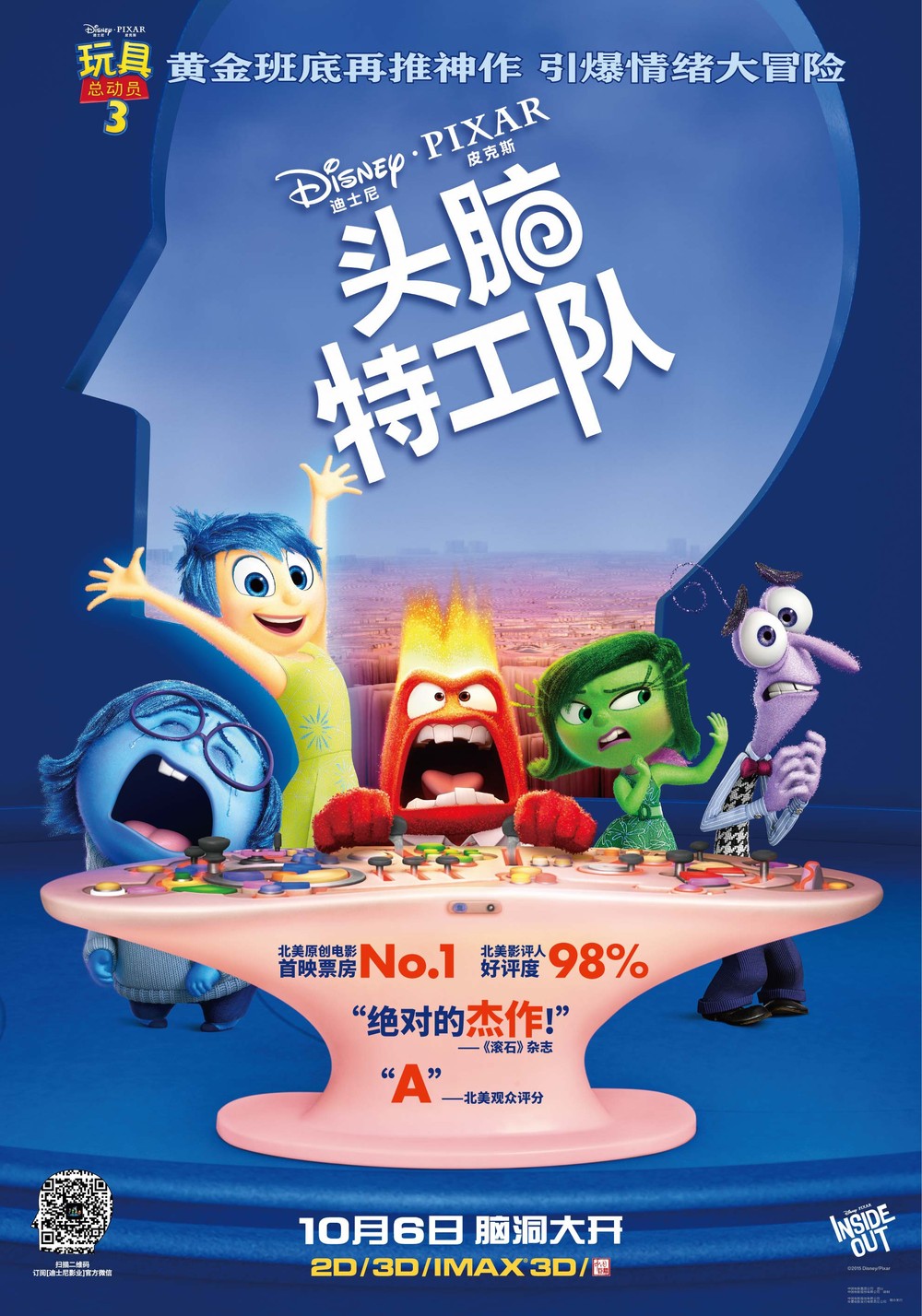

To give my students a strong sense of how modern writers and artists reconceptualize and reformulate the allegorical form, I taught Inside Out within two major contexts. continue to adapt those literary forms to their own historical and cultural surroundings, giving them new life even if doing so results in cultural products that look strikingly different than, for instance, Piers Plowman and Everyman. Writers, filmmakers, singers, painters, etc. 1 Inside Out provides my students with a powerful example of how literary forms like allegory do not simply fade away. Many scholars believe the allegory died as a viable narrative form shortly after the Renaissance. We spent a great deal of time teasing out how this text works with and within the tradition of allegorical personification and, in so doing, treated the recent film as fundamentally (and surprisingly) connected to what medieval, early modern, and eighteenth-century writers were doing with the allegorical form. Towards the end of the course, we also watched the very recent and very popular Disney/Pixar film, Inside Out (2015). Lewis’s The Chronicles of Narnia: The Lion, the Witch, and the Wardrobe (1950) and watched Ingmar Bergman’s masterpiece The Seventh Seal (1957). In the final section of the course, the students and I turned to modern uses of the allegorical form. Then we moved to the knights and ladies of Book I of Edmund Spenser’s The Faerie Queene (1590) and to John Bunyan’s The Pilgrim’s Progress (1678), a religious allegory that goes even further than Spenser’s in its use of empirical, concrete detail. 1370-90) and the anonymous play Everyman (late 15th century). We began by reading medieval allegories, including William Langland’s Piers Plowman (c. I recently taught a course at my home institution titled “Allegory from Piers Plowman to Inside Out.” The project of the course was to study how the allegorical form changed over time. I argue that instructors can usefully teach this film within the frameworks of literary precedent and modern film and, by so doing, encourage their students to think differently about texts they encounter every day.Īllegory, Personification, Popular Film, Disney/Pixar, Film and Literature This article focuses on the use of Disney/Pixar’s Academy Award-winning film, Inside Out (2015), as a powerful pedagogical tool for getting students to think about just how writers and filmmakers reimagine and reformulate earlier forms for modern purposes. Because of these looks, I started searching for ways that I could use popular culture to encourage my students to think about how literary forms and texts persist through time and about how they could turn their ever-sharpening acumen on the world around them.
#Gospel of inside out the movie joy tv
But I would get strange looks when I asked undergraduates to think critically about how the mock-news programs The Daily Show and The Colbert Report worked or when I asked them to discuss how the popular TV show Once Upon a Time adapts and revises certain fairy tales for its modern audience. My students would read and analyze texts like Robinson Crusoe and Pride and Prejudice with little to no prompting because (in their minds) these texts were already part of the recognized canon and it was therefore permissible to pick them apart and analyze them closely.

Several years ago, I noticed that the widespread distinction between high and low culture was wreaking havoc on my classroom.


 0 kommentar(er)
0 kommentar(er)
